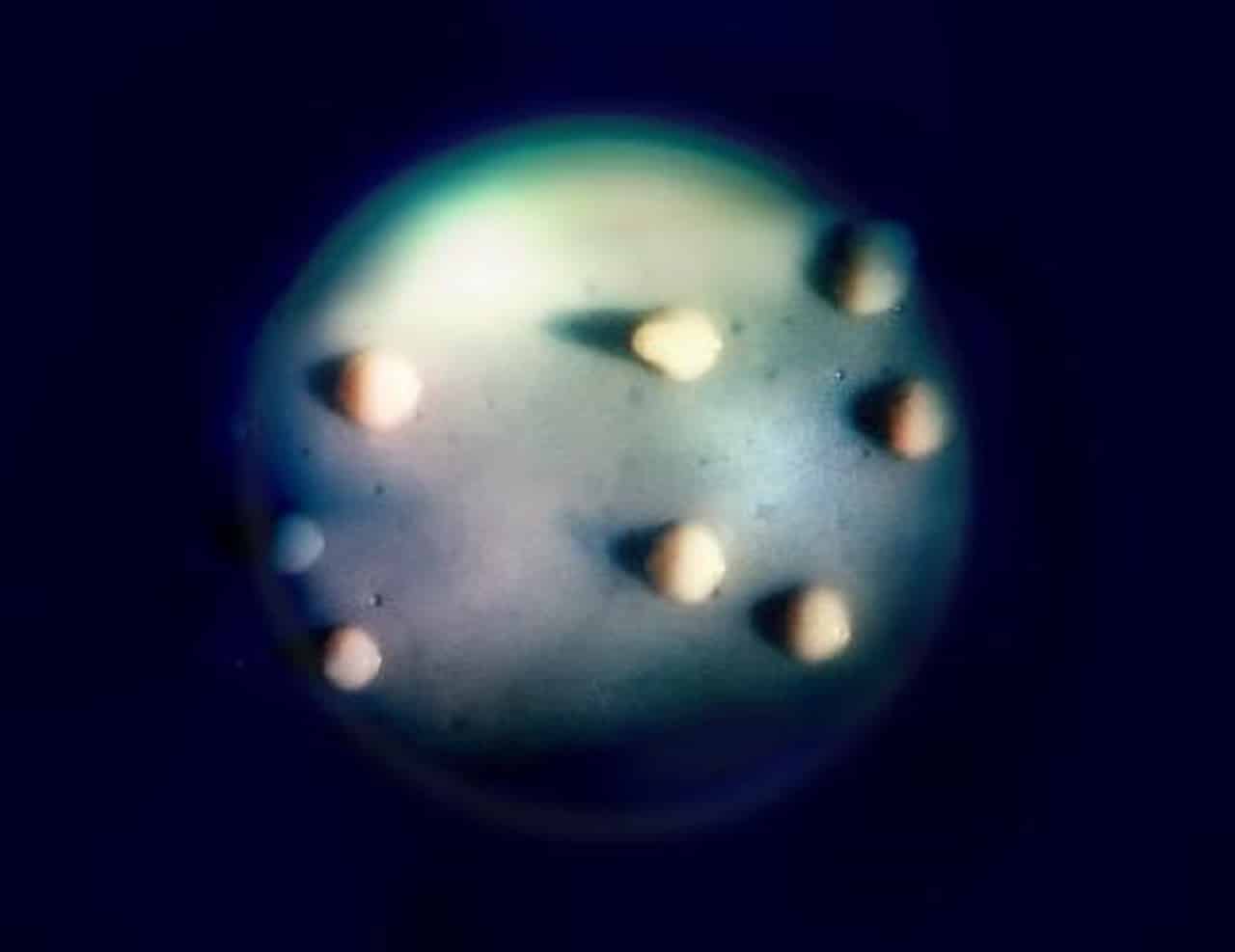Infection
Study examines links between drinking water quality and increased lung infections in people with cystic fibrosis
Previous research has demonstrated that specific environmental factors, such as trace metals, are probably responsible for the higher abundance of nontuberculous mycobacteria (NTM) in the water. Mycobacterium avium complex (MAC) and M. abscesses are the NTM bacteria most frequently found in the United States. In persons with cystic fibrosis and other lung illnesses, both are connected to chronic lung infections.
Cystic fibrosis affects more than 35,000 people in the US and makes the body generate thick mucus, which damages the lungs and traps bacteria, increasing the risk of lung infection.
A new study examined whether metals and minerals in the water affected the likelihood that cystic fibrosis patients will get MAC and M. abscessus infections. It found that high levels of some minerals and metals in environmental water supplies may increase the risk of NTM pulmonary infections in people with cystic fibrosis.
An increased prevalence of NTM lung infections, the most common sickness linked to drinking water, was linked to the presence of the metals molybdenum and vanadium, as well as sulfate—a group of mineral salts in the U.S. municipal water system.
The study included Cystic Fibrosis Foundation Patient Registry data from 3,897 cystic fibrosis people living in states with trace metal water data available in at least 50% of counties.
According to the study, 484 patients had MAC, and 222 had M. abscessus. Vanadium and sulfate concentrations were favorably correlated with MAC, while molybdenum concentrations were positively correlated with M. abscessus.
Scientists noted, “The study sheds light on how water-quality elements may increase the risk of bacteria-related pulmonary infections, but more studies are needed to establish a causal relationship between those conditions.”
Journal Reference:
- EM Lipner et al. The risk of pulmonary NTM infections and water-quality constituents among persons with cystic fibrosis in the United States, 2010-2019. Environmental epidemiology. DOI: 10.1097/EE9.0000000000000266

